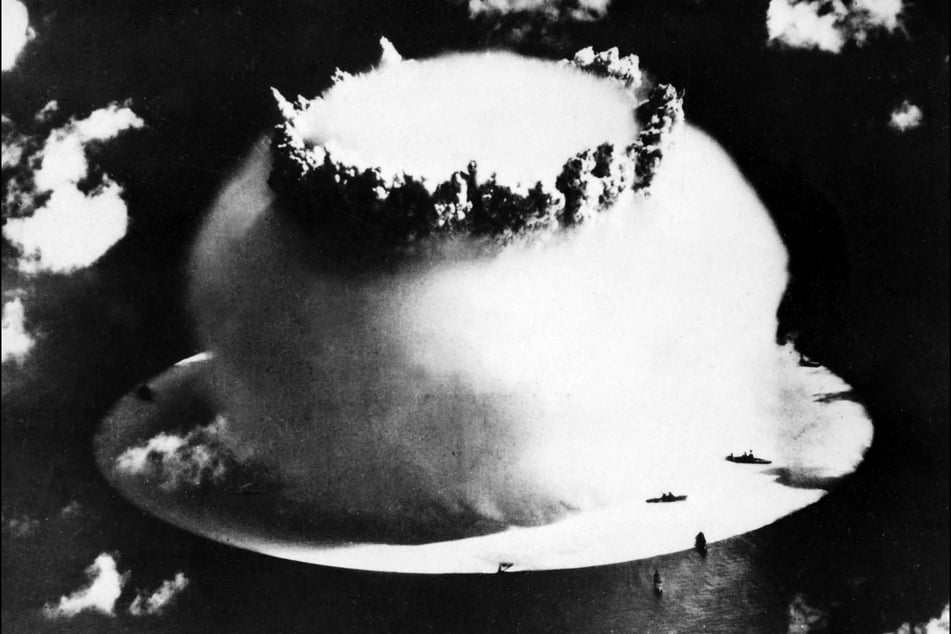Trump announces shock end to US pause on nuclear weapons testing
Washington DC - President Donald Trump said Thursday he had ordered the Pentagon to start nuclear weapons testing on a level with China and Russia – just minutes before opening a high-stakes summit with Chinese leader Xi Jinping.

The move comes after Russian President Vladimir Putin said Wednesday that Moscow had successfully tested a nuclear-capable, nuclear-powered underwater drone.
"Because of other countries testing programs, I have instructed the Department of War to start testing our Nuclear Weapons on an equal basis," Trump wrote in a social media post that specifically referenced Russia and China.
Trump also noted the US has more nuclear weapons than any other country, praising his own efforts to do "a complete update and renovation of existing weapons."
He added that "Russia is second, and China is a distant third, but will be even within five years."
The International Campaign to Abolish Nuclear Weapons (ICAN) says nine countries possess nuclear weapons: Russia, the United States, China, France, United Kingdom, Pakistan, India, Israel and North Korea.
Of the roughly 12,331 nuclear warheads ICAN counts, more than 5,500 belong to Russia while the US owns 5,044.
Trump offered no details of the precise nature of the testing to be undertaken, but said the process would "begin immediately."
After Russia tested a cruise missile on Sunday, Trump chided Vladimir Putin saying he ought to end the war in Ukraine "instead of testing missiles."
Between 1945 and 1992, the United States has conducted 1,054 nuclear tests – with catastrophic environmental and public health effects – and carried out two devastating nuclear attacks on Japan during World War II.
The last US nuclear test explosion was in September 1992, with a 20-kiloton underground detonation at the Nevada Nuclear Security Site.
In October 1992, then-president George H.W. Bush imposed a moratorium on further tests, which was continued by successive administrations. Nuclear testing was replaced by non-nuclear and subcritical experiments using advanced computer simulations.
Cover photo: US Defense Nuclear Agency / AFP
